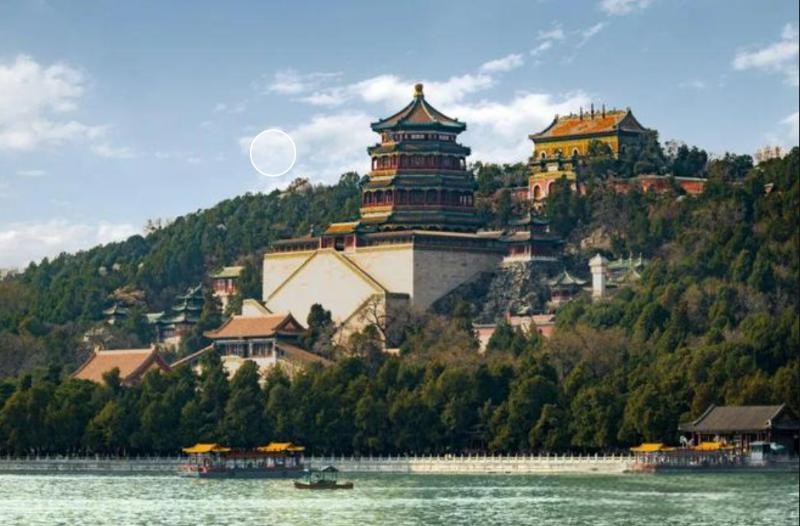Why was the Summer Palace China built?
The reasons for the construction of the Summer Palace in China can be deeply analyzed from various perspectives, including historical background, cultural heritage, royal sentiments, and entertainment needs. Here is a detailed explanation of these reasons:
1. Historical Background:
The construction of the Summer Palace is closely related to Emperor Qianlong of the Qing Dynasty. In the 15th year of Qianlong's reign (1750), Emperor Qianlong initiated the construction of Qingyi Garden in the western suburbs of Beijing as a tribute to his mother, Empress Dowager Chongqing. This was the precursor to the Summer Palace.
The construction of Qingyi Garden consumed a vast amount of manpower, material, and financial resources, amounting to 4.48 million taels of silver. This not only demonstrated the royal family's love for garden art but also showcased the wealth and power of the Qing Dynasty.

2. Cultural Inheritance and Protection:
As one of the ancient royal gardens in China, the Summer Palace holds high historical and cultural value. Its architectural style and garden design represent the epitome of traditional Chinese garden art. Through the construction of the Summer Palace, the Qing imperial family not only created an elegant retreat for themselves but also left behind a valuable cultural heritage for future generations.
Today, the Summer Palace has become an important carrier of traditional Chinese culture and art, playing a significant role in inheriting and promoting the excellent cultural traditions of the Chinese nation.
3. Royal Sentiments and Entertainment Needs:
As a private garden of the Qing imperial family, the Summer Palace provided a place for expressing emotions and interests for the royals. The lakes, artificial hills, flowers, trees, and various buildings in the garden offered a rich variety of entertainment options for royal members. They could host banquets, admire the scenery, watch theatrical performances, and engage in other activities, enjoying the pleasures of life. This entertainment value was also an important reason for the construction of the Summer Palace.
In summary, the reasons for the construction of the Summer Palace in China include Emperor Qianlong's filial piety to his mother, the emphasis on cultural inheritance and protection, and the fulfillment of royal sentiments and entertainment needs. These factors together contributed to the construction of the Summer Palace, making it a treasure of ancient Chinese royal gardens.
Specific information about the Summer Palace is as follows:
Construction Time:
Initiated in the 15th year of Emperor Qianlong's reign (1750) as Qingyi Garden, rebuilt and renamed as the Summer Palace in the 14th year of Emperor Guangxu's reign (1888).
Location:
Located in the western suburbs of Beijing, China, 15 kilometers from the urban area.
Scale:
The entire garden covers an area of 3.009 square kilometers, with water occupying about three-quarters of the area, making it one of the largest existing royal gardens in China. The garden consists of administrative areas centered around the Hall of Benevolence and Longevity, residential areas dominated by the Hall of Joyful Longevity, the Hall of Jade Billows, and the Hall of Nurtured Harmony, three recreation areas along the Long Corridor, the back hill, and the western area, as well as scenic tour areas composed of Longevity Hill and Kunming Lake, among others.